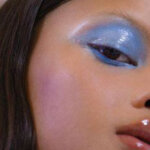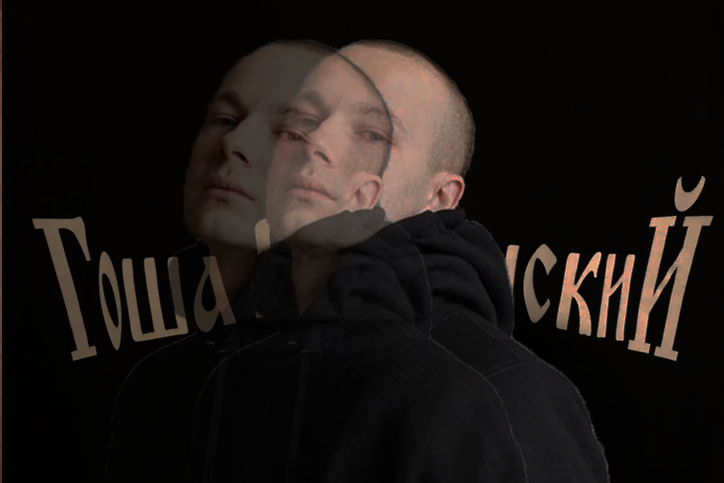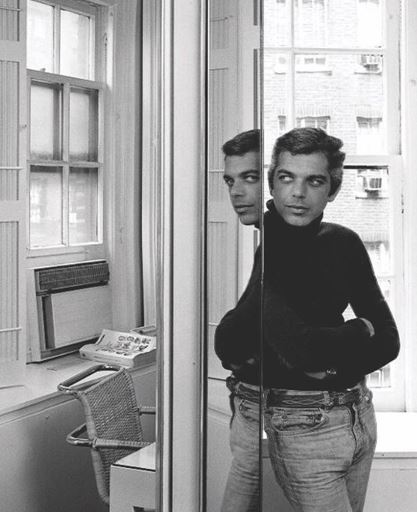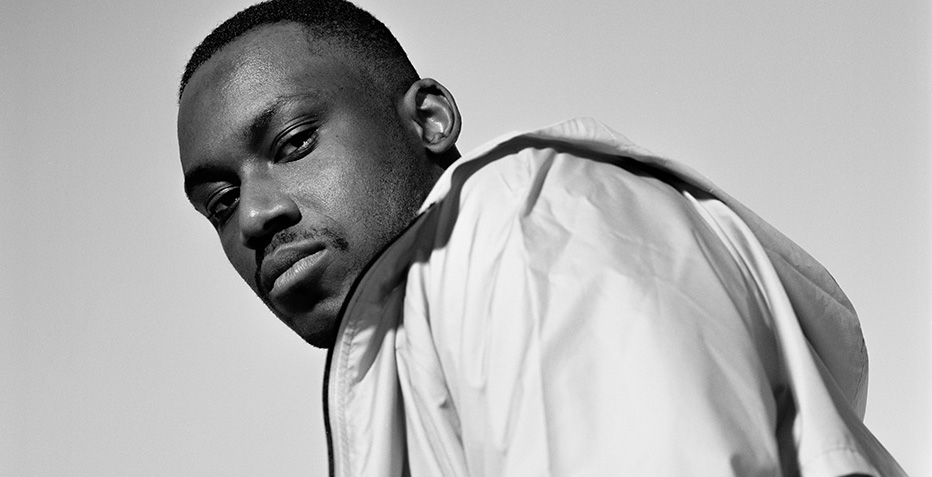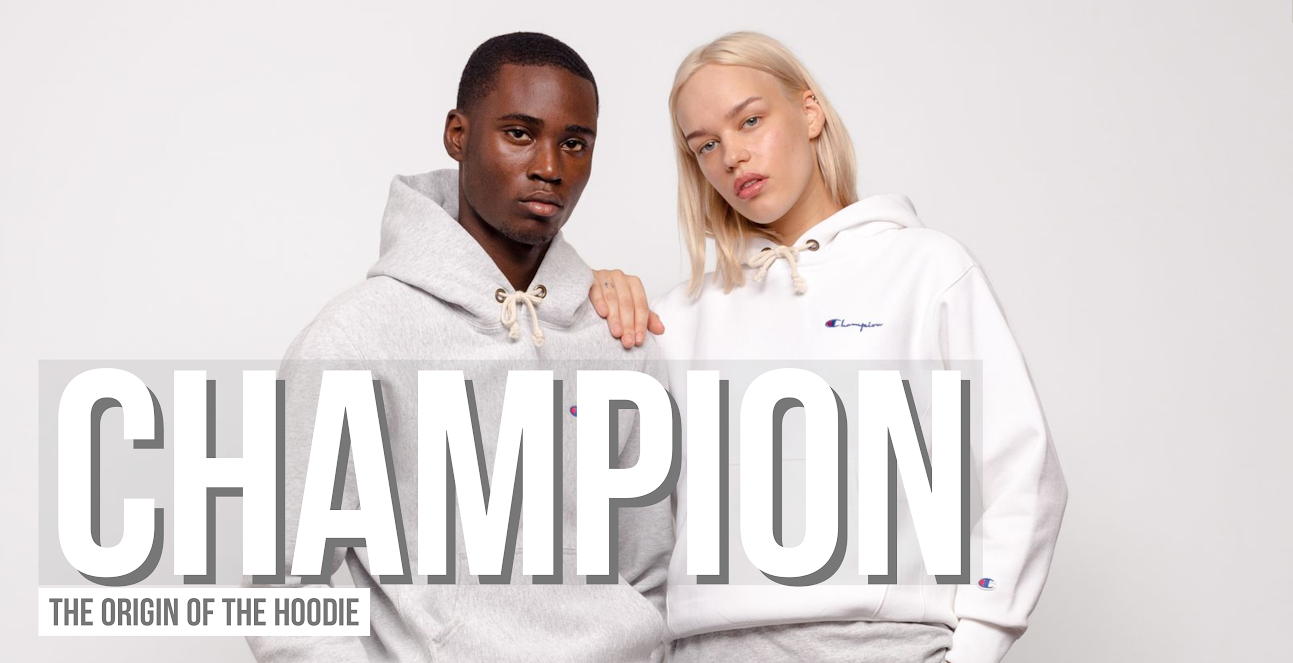Blue eyeshadow in film and tv: a retrospective on its use and symbolism
The contribution of makeup to the magic of film and TV is criminally underrated. While hours of human labor have gone into analyzing how actorial and directorial choices have built the language of cinema, the same cannot be said about makeup. Yet on the big and silver screen, makeup tells a story as much as any other element of the cinematic language, and like these, it has its conventions.
Something as simple as a touch of eyeshadow can tell the audience plenty about a character. Unsurprisingly, film makeup artists have been using the boldness of blue eyeshadow to do just that for years. Blue eyeshadow is not a wearable everyday favorite. Yet, its showy nature makes it a stylish, clear-cut visual insight into film and TV female characters’ psyches and journeys. On the screen, this eyeshadow color is often sported by characters through which filmmakers explore the themes of performance, delusion, secrets, and naivety.
One of the oldest and most iconic uses of blue eyeshadow in this manner is from the film Cabaret (1972). In this movie, blue eyeshadow is part of the signature look of Sally Bowles, played by Liza Minnelli, an American showgirl who ushers the viewer into the world of 1930s Berlin. Through Sally and the other characters, the film explores how the city’s thriving gay scene and bohemian culture ran in parallel with the rise of the Nazis in a climate of widespread apathy and dismissal of the growing danger of totalitarianism.
Fast forward a few decades, and we see the protagonist of another glitzy yet deeply political film sport an iconic blue eyeshadow makeup looks. It’s Elaine, the protagonist of “The Love Witch” (2016), Anna Biller’s visually-rich, feminist horror film inspired by pulp novels, Giallos, and 60s horror b-movies. The titular Lana Del Rey-looking, disturbingly delusional serial killer wears this eyeshadow color in many of her feminine, glamorous makeup looks, done by makeup artist Emma Willis. This style perfectly matches a character at the heart of a movie that analyses performative femininity as a part of the complex female experience, showcasing the power and importance of makeup in film.
The small screen has also given us some iconic blue eyeshadow moments, primarily thanks to HBO’s TV show Euphoria, whose makeup looks were created by trendsetting makeup artist Doniella Davy. In the show, Kat Hernandez is another character whose performative femininity is one layer of a multifaceted relationship with the self and others. Davy has her wear bright blue eyeshadow, especially in moments of the show when she tries to assert herself through femininity. In the same TV show, on fellow high schooler Cassie Howard, blue eyeshadow is also connected to performance. But while Kat wears it as she tries to find herself, Cassie wears it as her cartoonesque performance takes further and further from herself.
Blue eyeshadow, though, is also worn by film characters whose play-pretend is part of less sinister stories. Insecure 13-year-old Jenna from the rom-com “13 Going on 30” (2004) wears it both before and after her sudden transformation from teenager to adult. This eyeshadow is also part of the iconic Twiggy-esque look sported by runaway introvert Suzy Bishop from Wes Anderson’s coming-of-age dramedy Moonrise Kingdom (2012).
Much like to these characters, to makeup there is more than meets the eye. While it is often overlooked like many other art forms associated with women and female labor, its power as a storytelling device and contribution to other media is right there for us to see if we are willing to look more closely.








